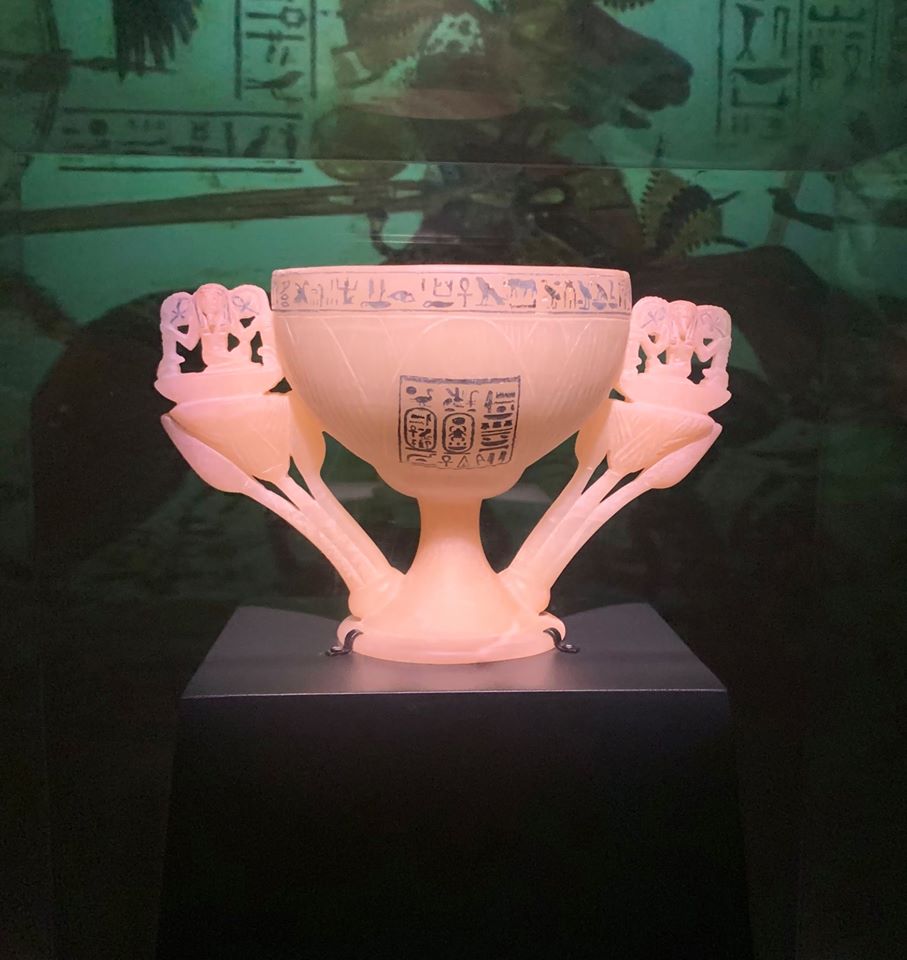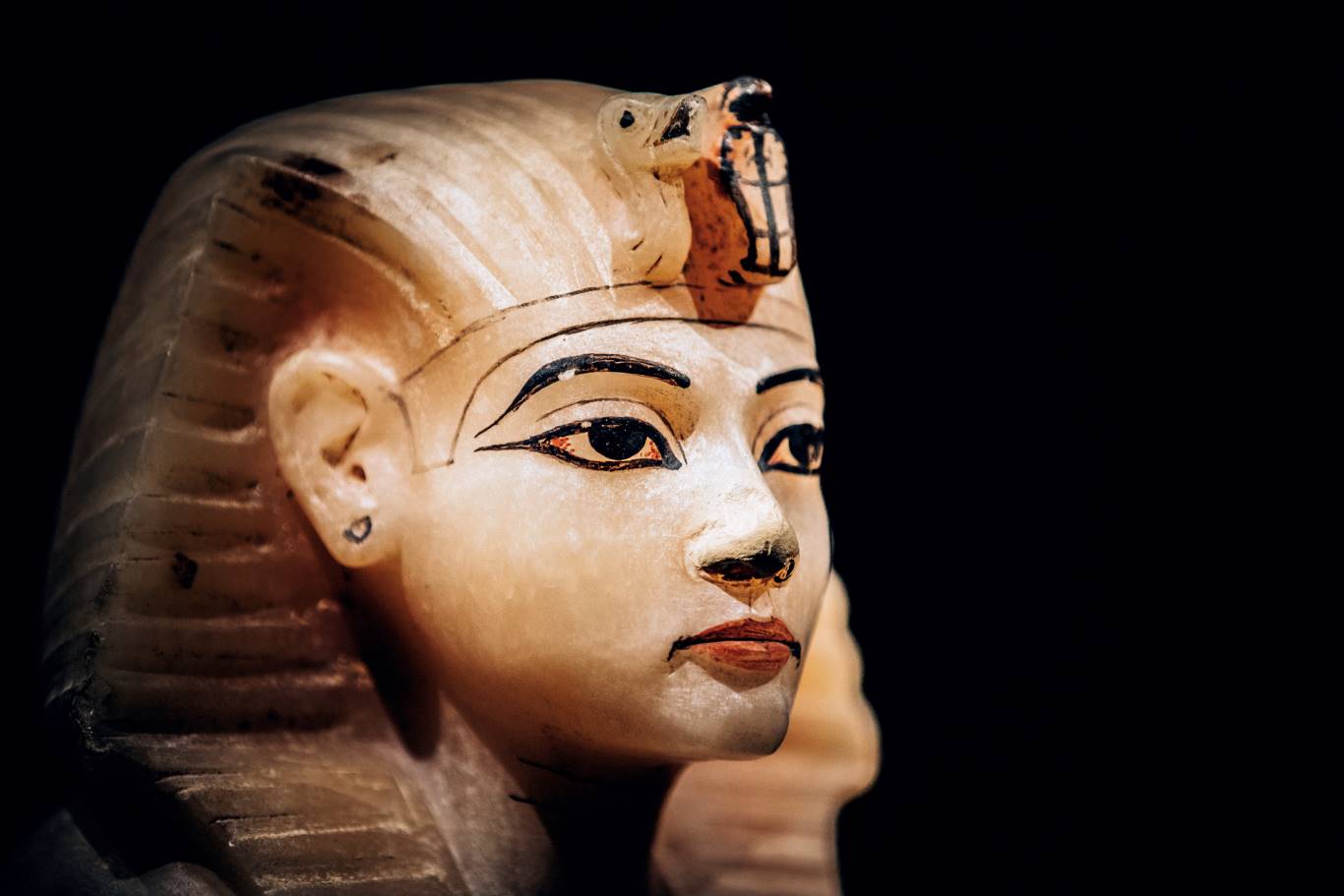If you have even the vaguest interest in ancient Egypt, I’d suggest you go and see the stunning Tutankhamun show at the Saatchi Gallery. This is the tomb treasures’ last tour, apparently, before they go to a permanent home at Giza’s Grand Egyptian Museum.
The exhibition takes the visitor on a literal journey, showing what the pharaoh was thought to need at each stage of the afterlife, which was considered a second life, at least as important as the first. The craftsmanship involved in the beautiful treasures is staggering: they are *perfect*.
With 150 authentic pieces from the tomb there are three times the quantity that has travelled in previous tours – and more than 60 of which are being shown outside of Egypt for the first time.

And don’t be fooled: this isn’t a cold, dry display of artefacts. I actually found it quite emotional, partly because it gives a sense of the life of the boy-king – he was only 19 when he died – but also because it shows so clearly the reverence and awe with which the ancient Egyptians reflected on, and prepared for, death.
The picture above is of the wishing cup, made of alabaster and inscribed with the words: ‘May your spirit live, may you spend millions of years, you who love Thebes, sitting with your face to the north wind, your eyes beholding happiness.’ Afterwards I learnt that Howard Carter, the Egyptologist who discovered the tomb, had this inscribed on his gravestone.
In the Egyptian Book of the Dead, it’s said someone dies again when their name is spoken for the last time. The 1922 discovery of Tutankhamun’s tomb ensured eternity for the previously obscure young king. While this exhibition displays the treasures that accompanied his dead body, it is his life that has stayed with me since my visit.
Main image: Calcite Stopper for Northwest Canopic Jar, King’s Head (Credit IMG)



